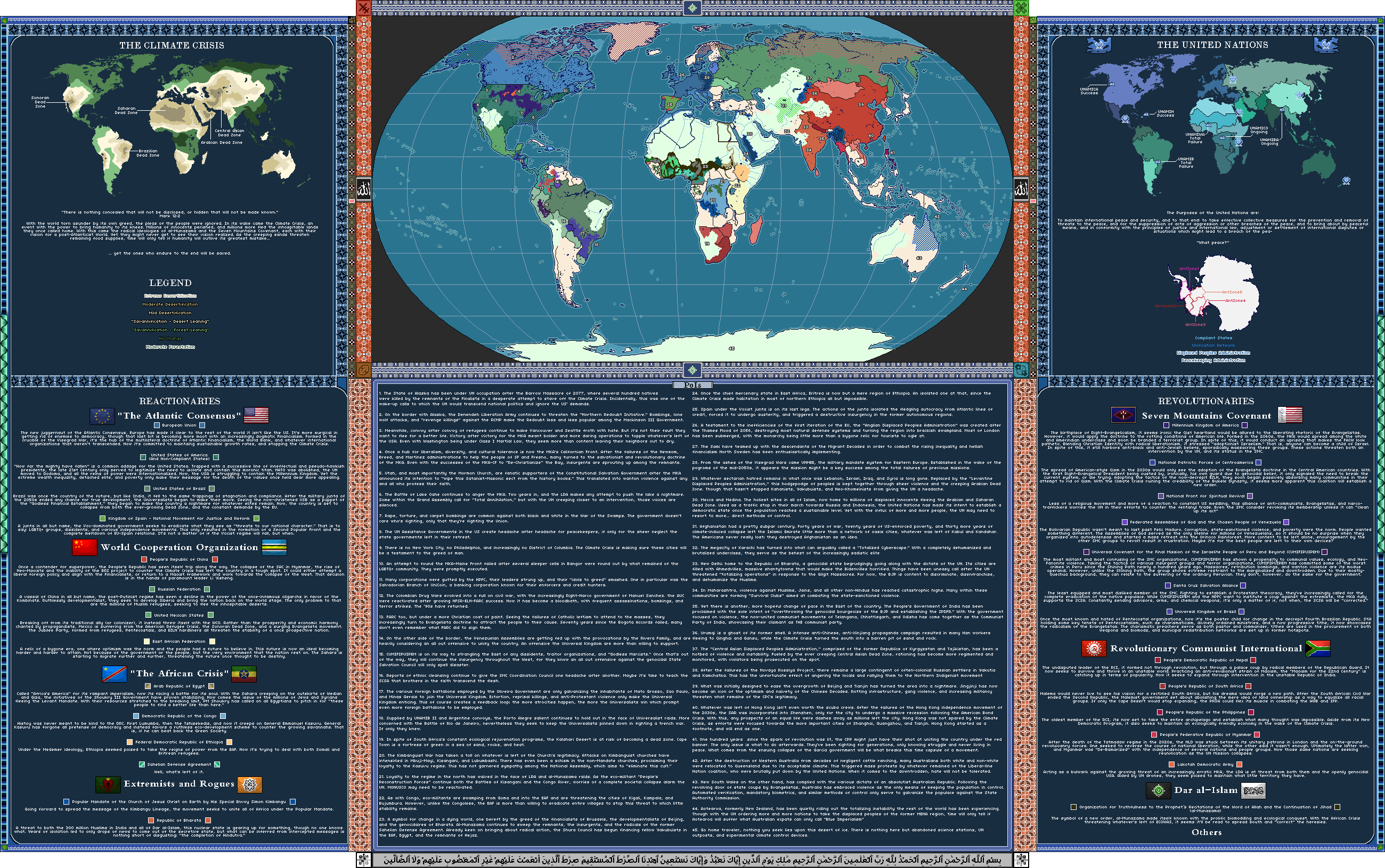A map I made 4-5 years ago.... seems very fitting with the current events - looks like I got some things wrong
Map Thread XVII
Must... not...think...of all... the...possible... ethnic...tensions... Bosnia will ruin it allwww.alternatehistory.com


